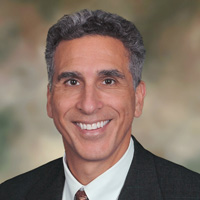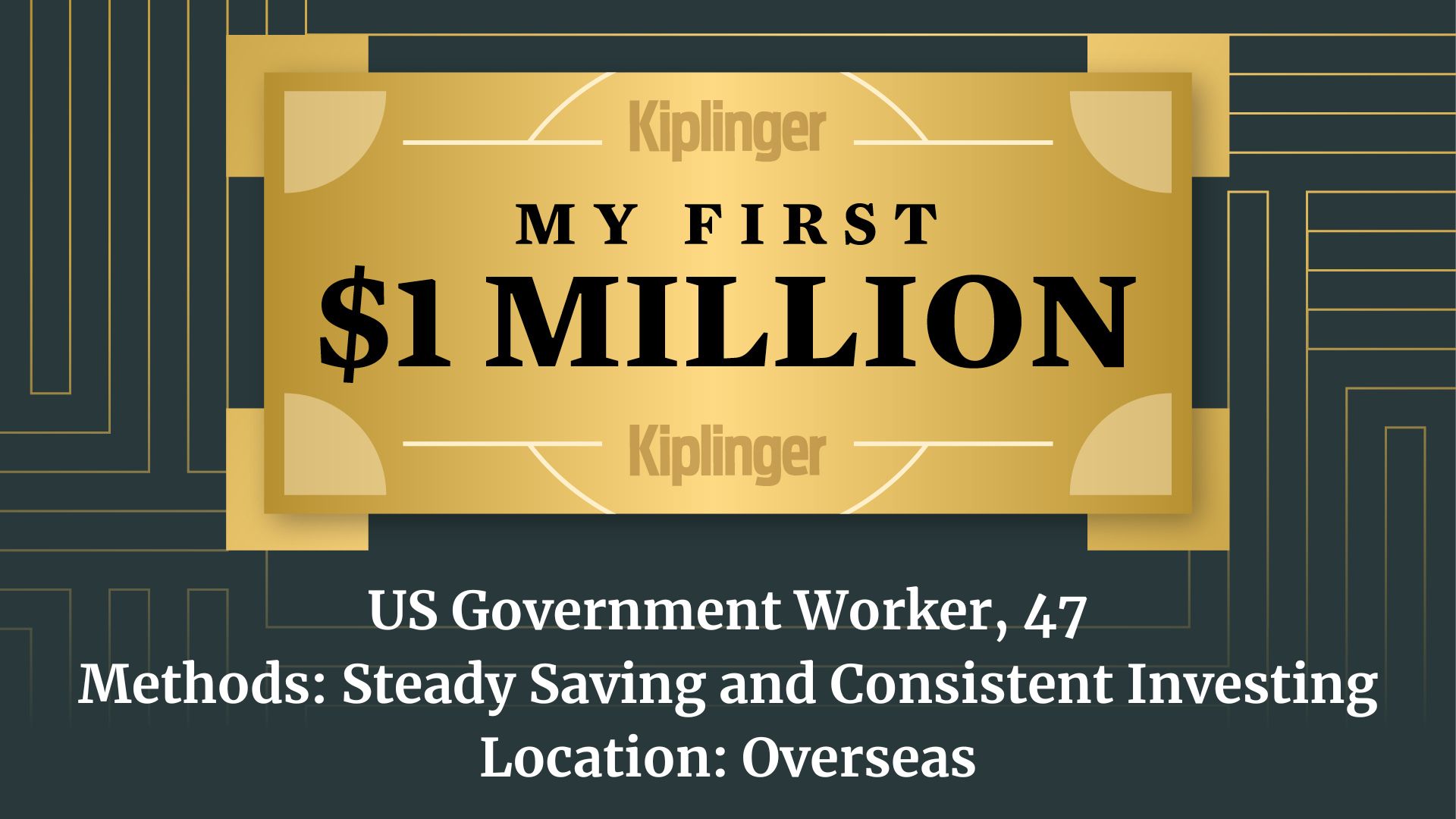Saving for Retirement as a Single Parent
To do the right thing for your kids, you need to do the right thing for yourself as well. While it's not easy, you can save. Here's how to start.


Saving money is tough work. As a financial adviser for more than 28 years, it seems that no matter how much money people make, they feel they don’t have enough to put any into savings — even people with high discretionary incomes often appear to fall into this mindset.
If it’s tough for even the wealthiest people to save, it may seem impossible if you’re trying to raise children on your own. But I don’t think it is. I think most people can find some money to put away for retirement. And I think that neglecting to save for retirement is one of the biggest financial mistakes you can make. But how to begin when every penny is precious? Here are a few suggestions:
Start small. Save what you can. Even if you put aside just $10 a week, you’re making progress toward a goal. You’re getting into the habit of saving, and you’re helping that money grow.
From just $107.88 $24.99 for Kiplinger Personal Finance
Become a smarter, better informed investor. Subscribe from just $107.88 $24.99, plus get up to 4 Special Issues

Sign up for Kiplinger’s Free Newsletters
Profit and prosper with the best of expert advice on investing, taxes, retirement, personal finance and more - straight to your e-mail.
Profit and prosper with the best of expert advice - straight to your e-mail.
Think in terms of three buckets. Split your income into three portions. One portion goes into a bucket you can draw from for your family’s immediate needs: food, housing, medical costs, etc. Put money for mid-term goals — like your children’s college education — into a second bucket. And put another share into a third bucket that will support your long-term goals, like retirement. There may be times when you need to put more money in one bucket than another, but strive to always contribute to each bucket.
Take advantage of tax-favored accounts. You could use IRAs or 401(k)s to help grow your retirement savings and save on your current tax bill at the same time. And if you are fortunate enough to work for a company that matches your contributions, it helps to save much as you can. If your employer will match your contributions up to 5%, then it makes sense to find a way to put in 5%. It’s like free money.
Once your kids can contribute to their future, let them. When it comes to saving for college, I believe most children want to participate in the effort. They should, because it’s their cause, and their future. Many people I know, myself included, worked during their college years. My mom could have given me the money I needed for college, but instead she said, “Don’t rely on me for money anytime you want it. I’m not an unlimited source of cash that drops down from the sky — but I am your safety net.” I think my mom’s philosophy about money taught me responsibility, and reaching my goals felt more fulfilling because I had to sacrifice in order to obtain them.
Don’t budget. Commit to saving. After all these years of working with people and their finances, I’ve decided that I don’t believe in budgets. Trying to cut back on things you want to do usually doesn’t work (unless you’re trying to cause family arguments). Instead, I suggest you decide to save a certain amount each month, and then just do it. You'll automatically buy or do less. It’s not easy, but I’ve seen it work time and time again. Somehow, once you’ve made the commitment to save, it’s like the universe conspires to help you succeed.
Profit and prosper with the best of Kiplinger's advice on investing, taxes, retirement, personal finance and much more. Delivered daily. Enter your email in the box and click Sign Me Up.

Ken Moraif is the CEO and founder of Retirement Planners of America (RPOA), a Dallas-based wealth management and investment firm with over $3.58 billion in assets under management and serving 6,635 households in 48 states (as of Dec. 31, 2023).
-
 The 10 Best Splurge Destinations for Retirees in 2026
The 10 Best Splurge Destinations for Retirees in 2026Come for the luxury vacation. Retire for the lifestyle (if the vacay goes well). What better way to test a location for retiring abroad?
-
 Builders Are Offering Big Mortgage Incentives — What Homebuyers Should Watch For
Builders Are Offering Big Mortgage Incentives — What Homebuyers Should Watch ForBuilder credits and below-market mortgage rates can ease affordability pressures, but the savings often come with trade-offs buyers should understand before signing.
-
 My First $1 Million: US Government Worker, 47, Overseas
My First $1 Million: US Government Worker, 47, OverseasEver wonder how someone who's made a million dollars or more did it? Kiplinger's My First $1 Million series uncovers the answers.
-
 What Changed on January 1: Check Out These Opportunities Created by the New Tax Law
What Changed on January 1: Check Out These Opportunities Created by the New Tax LawA deep dive into the One Big Beautiful Bill Act (OBBBA) reveals key opportunities in 2026 and beyond.
-
 Beat the Money Blues With This Easy Financial Check-In to Get 2026 Off to a Good Start
Beat the Money Blues With This Easy Financial Check-In to Get 2026 Off to a Good StartAs 2026 takes off, half of Americans are worried about the cost of everyday goods. A simple budget can help you beat the money blues and reach long-term goals.
-
 Do Self-Storage REITs Deserve Space in Your Portfolio? It's a Yes From This Investment Adviser
Do Self-Storage REITs Deserve Space in Your Portfolio? It's a Yes From This Investment AdviserSelf-storage is an overlooked area of the real estate market, even though demand is strong. Investors can get in on the action through a REIT.
-
 4 Simple Money Targets to Aim for in 2026 (And How to Hit Them), From a Financial Planner
4 Simple Money Targets to Aim for in 2026 (And How to Hit Them), From a Financial PlannerWhile January is the perfect time to strengthen your financial well-being, you're more likely to succeed if you set realistic goals and work with a partner.
-
 Estate Planning Isn't Just for the Ultra-Wealthy
Estate Planning Isn't Just for the Ultra-WealthyIf you've acquired assets over time, even just a home and some savings, you have an estate. That means you need a plan for that estate for your beneficiaries.
-
 How to Be a Smart Insurance Shopper: The Price Might Be Right, But the Coverage Might Not Be
How to Be a Smart Insurance Shopper: The Price Might Be Right, But the Coverage Might Not BeChoosing the cheapest policy could cost you when you have a loss. You'll get the best results if you focus on the right coverage with the help of a good agent.
-
 7 Reasons Why Your Portfolio Needs Short-Term Bond ETFs
7 Reasons Why Your Portfolio Needs Short-Term Bond ETFsMoney market funds are a safe option for your cash, but ultra-short and short-term bond ETFs also deserve consideration. Here are seven reasons why.
-
 I'm a Wealth Planner: Forget 2026 Market Forecasts and Focus on These 3 Goals for Financial Success
I'm a Wealth Planner: Forget 2026 Market Forecasts and Focus on These 3 Goals for Financial SuccessWe know the economy is unpredictable and markets will do what they do, no matter who predicts what. Here's how to focus on what you can control.